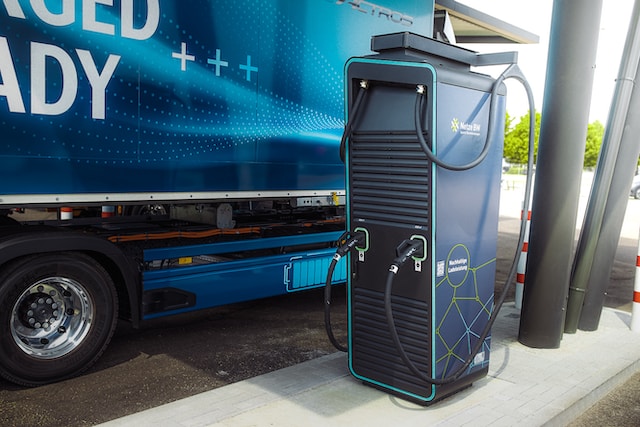As the world ponders the location of the missing Malaysian Airlines Flight MH370 and how it got there, there have been many prevailing questions, namely that of aircraft communications. How can a Boeing 777 carrying 239 people seemingly disappear out of thin air leaving behind no trace? Is it because aviation communication methods are outdated and not able to keep up? Is there a need for an overhaul on how pilots communicate with those on the ground?
For the most part, airlines communicate with ground control through radar with no stringent requirements in place that say they must use their GPS systems to report back to base. This is perhaps one of the many reasons why finding this plane has proven so very difficult. It begs the question of what newer technologies can be used to track flights.
Cloud technology has pervaded many aspects of tech and business, so is it possible that the cloud could be used by pilots when in the actual clouds? Sending regular flight updates to a data center in the cloud would allow for more efficient and frequent tracking of the aircraft, argues Yijun Yu from the Department of Computing and Communications at The Open University. “Planes would then send information such as aviation signals and pilot conversations as a compressed digital stream efficiently through satellite networks,” he explained.
This would provide real-time updates on the location and trajectory of the aircraft and may be ultimately more efficient than traditional transponders, which can be turned off by the pilots. Cloud tracking would not necessarily replace transponders but rather complement them.
The other question relates to the security of the cockpit. It is still unclear if anything malicious was carried out on board but the incident does raise the question once again.
Doors to cockpits are often reinforced with Kevlar or some thick heavy metal that will barricade any would-be intruder out. However, this does not mean the door remains closed during the whole flight. It is opened for pilots’ breaks during flights, especially long haul flights.
One supposed remedy to this is a double door or intruder blocking gate, essentially creating a second space between the cockpit and the rest of the plane. However, this has proven to be unpopular with airlines due its weight and lack of mandatory order from the FAA, which allows this to happen.
United Airlines had intruder doors removed from its Boeing planes in 2012, drawing a number of criticisms – “It makes no logical sense for a safety and security conscious airline with the history of United to pay for the removal of this device that further protects the flight deck from those with hostile intent,” quoted from a letter from the Air Line Pilots Association at the time.
With the MH370 plot thickening each day and theories both plausible and ludicrous being posited, the safety and security of the cockpit is sure to be discussed again. The hunt for MH370 continues and experts aren’t willing to advise on a timeline for its rescue but the latest searches have been taking place south of Perth, Australia. Given the lack of information, it could very well take months, even years, to find the aircraft.
his isn’t the first instance of disappearing flights either. In 2009, Air France Flight 447 from Rio de Janeiro to Paris crashed in the Atlantic Ocean but its black boxes were not recovered until May 2011.
The questions that continue to emerge are how can we go about preventing something like this from happening again. Is a new form of cockpit communications necessary and do you feel that new regulation needs to be introduced that ensure they are adhered to?








